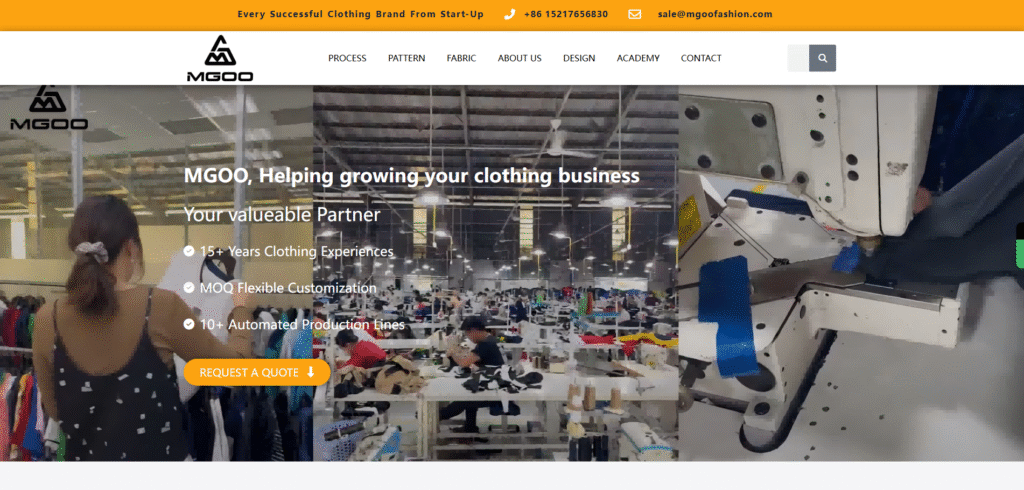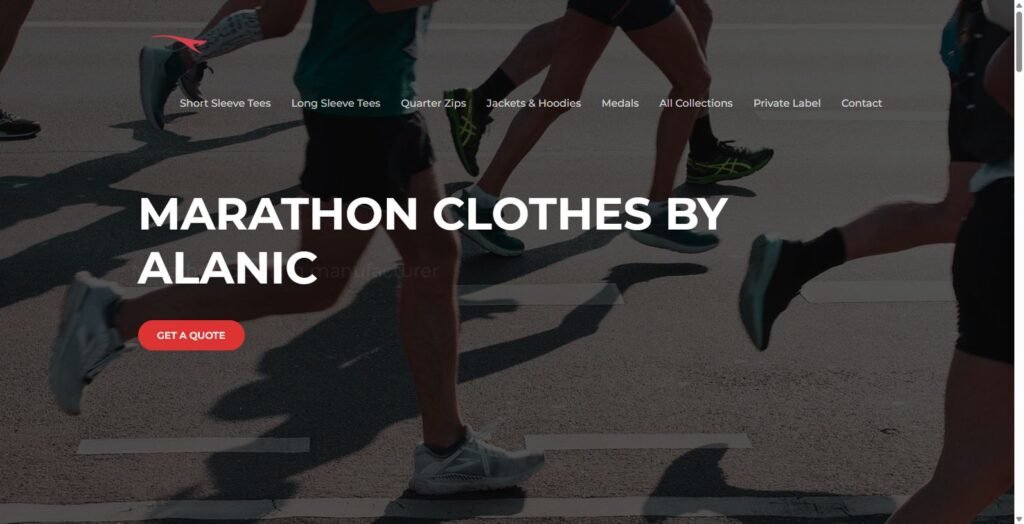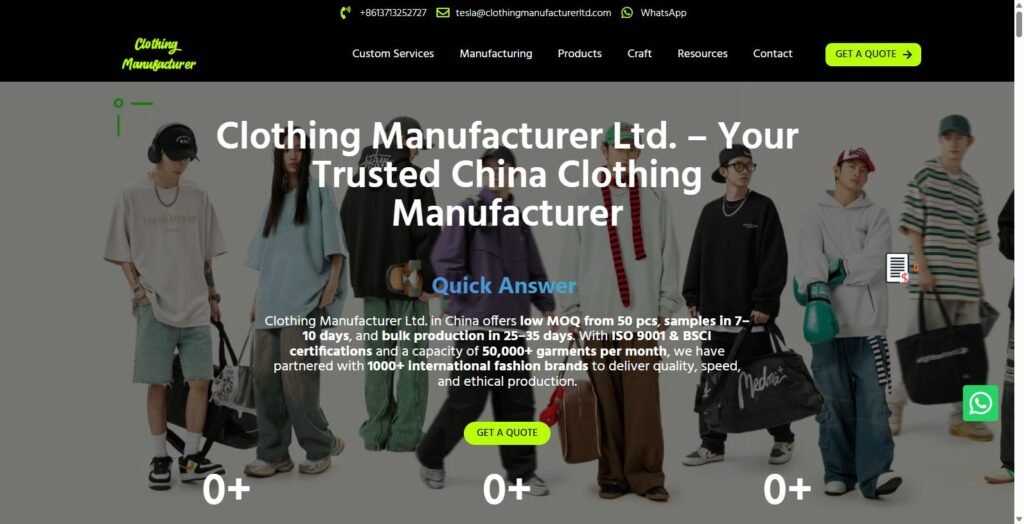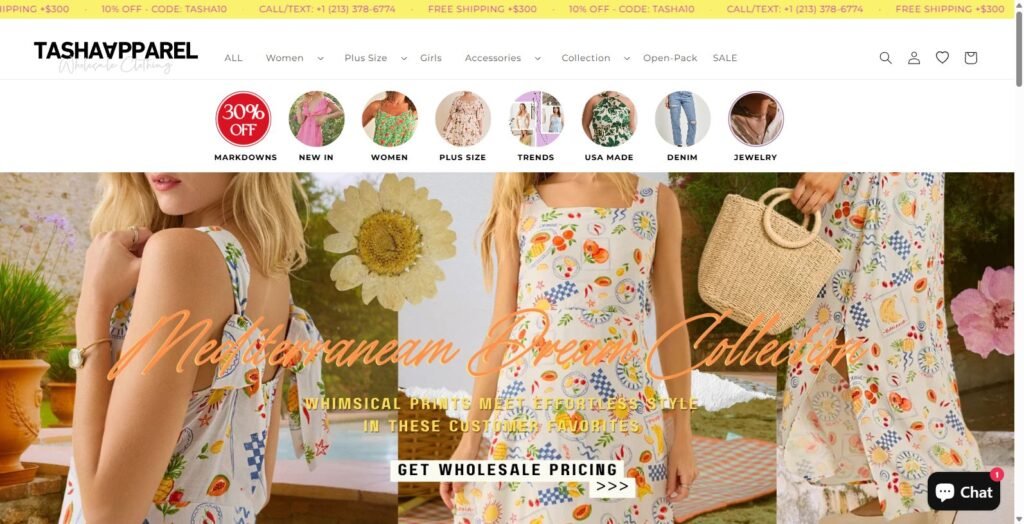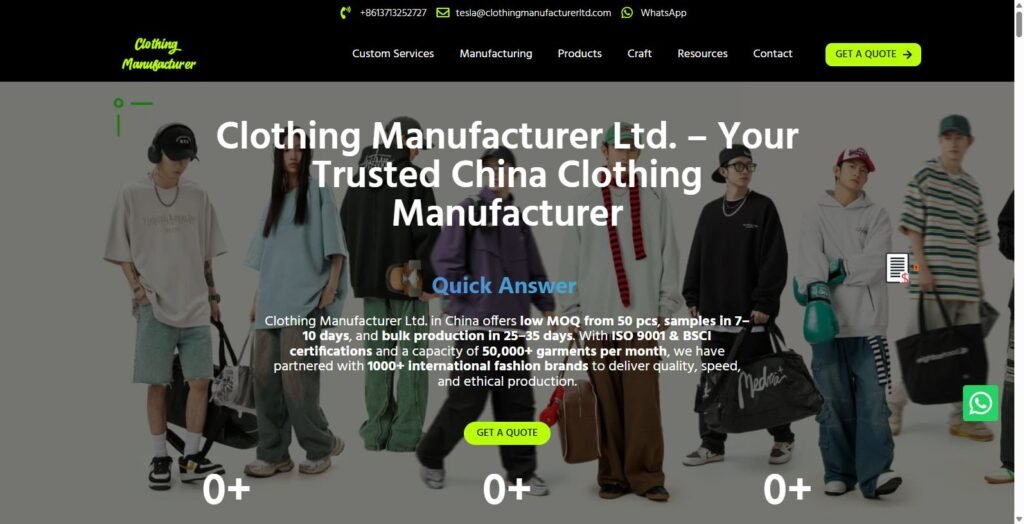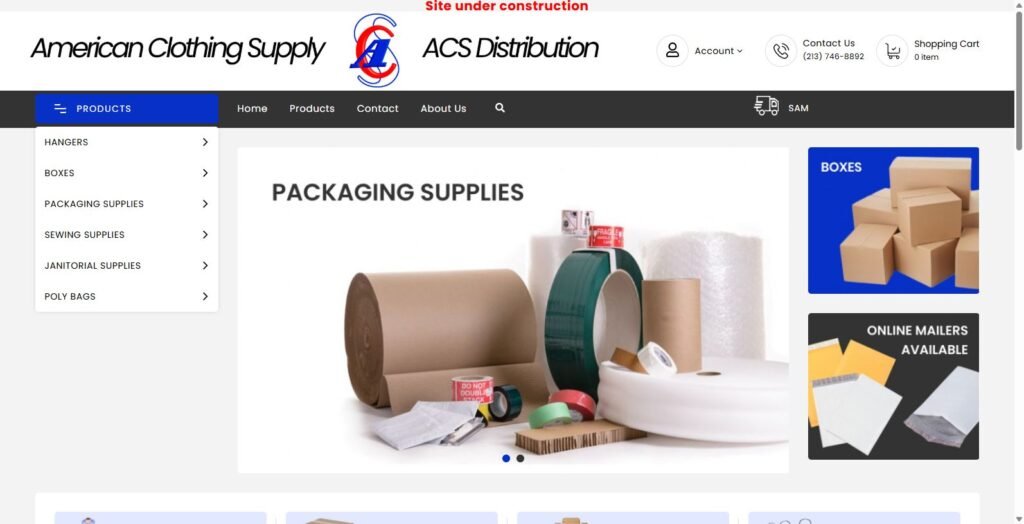Personalized and custom clothing is still in demand. Thus, new opportunities are being opened for entrepreneurs and fashion designers. The right equipment is your gateway to reality. One such device is the printing cloth machine that is of top-notch quality.
The most difficult job in this regard seems to be the selection of the exact equipment to buy, which you have to do now. Selecting the right printing machinery is not only one of your best business decisions but also perhaps the most challenging one. It can change the quality of your products, how fast you can produce them, and your income. Taking preventive measures through smart choices is the only way to avoid mistakes that are costly in the long run.
 This guide paves your investment through the technicalities and budgeting of cloth printing technologies. It will be very easy for you to find the right machine after reading this. Additionally, logical decision-making about funds will avoid much unnecessary frustration. Our team has got extensive knowledge of clothing manufacturing processes, and we will make sure you do well.
This guide paves your investment through the technicalities and budgeting of cloth printing technologies. It will be very easy for you to find the right machine after reading this. Additionally, logical decision-making about funds will avoid much unnecessary frustration. Our team has got extensive knowledge of clothing manufacturing processes, and we will make sure you do well.
Main Types of Printing Cloth Machines Explained
First things first! You must familiarize yourself with the options available on the market. When it comes to fabric printing machines, we have a wide selection. Each one works through different technologies and has a predetermined purpose to carry out. Manufacturers have different advantages. Not all printing cloth machines are the same. The choice to make depends on what you need to achieve.
We have made it convenient for you to understand the most common technologies that are in the market. This brief overview of comparatives will give you an idea of which direction to go in your business.
| Machine Type | How It Works | Best For | Fabric Compatibility | Feel on Fabric |
|---|---|---|---|---|
| Direct-to-Garment (DTG) | An inkjet printer applies water-based ink directly onto the fabric, which then soaks into the fibers. | Full-color, photorealistic designs, small batches, and on-demand printing. | Primarily cotton and cotton blends. Works on light and dark fabrics (with a white underbase). | Very soft, breathable, almost no feel on the fabric. |
| Direct-to-Film (DTF) | The design is printed onto a special transfer film, coated with adhesive powder, and then heat-pressed onto the garment. | Versatile prints on a wide range of materials, vibrant colors on dark fabrics, durable designs. | Cotton, polyester, blends, nylon, leather, and more. | Soft and flexible, but sits as a thin layer on top of the fabric. |
| Screen Printing | Ink is pushed through a mesh screen (stencil) onto the fabric, one color at a time. | Large bulk orders (100+ units) with simple, low-color designs. Extremely durable prints. | Works on almost any fabric, including cotton, polyester, and blends. | Slightly raised, thick, and very durable layer of ink. |
| Heat Transfer Vinyl (HTV) | Designs are cut from sheets of vinyl and then heat-pressed onto the garment. | Simple text, logos, and bold graphics. Great for team jerseys and small custom orders. | Cotton, polyester, blends, and some heat-sensitive fabrics. | A distinct, slightly plastic layer on the fabric. Can be stiff depending on the vinyl. |
| Dye Sublimation | Ink is printed on transfer paper, then heat turns it into a gas that permanently fuses with polyester fibers. | All-over prints, sportswear, and items where the print needs to be seamless and unfeelable. | 100% light-colored polyester or high-polyester content blends. | Completely undetectable. The ink becomes part of the fabric itself. |
Selecting the Right Printing Cloth Machine: A 5-Step Framework
After being enlightened to the various technologies, the immediate need to go practical will arise. You are to apply this practical framework to find your perfect business fit. These five steps will take you from being broad to very specific about the machine you need.
Step 1: Define Your Product & Fabric Niche
What will you print? This question is your starting point. A company focused on cotton graphic tees has different needs than one making polyester performance wear. Canvas tote bag printing needs different considerations too.
Choosing the textile that will be used serves as an initial filter. Going for polyester alone? The most suitable machine is a dye-sublimation printer. Interested in selling high-end soft cotton shirts? The best for you will then be either DTG or screen printing.
Step 2: Assess Your Production Volume & Speed
The business model is another thing to think about. Do you make unique pieces only, or do you create the bulk orders for local brands?
For single-item orders that come with high customization, DTG or DTF machines are the best options. These are for on-demand pieces. The flexible option is the screen printing system which is fast and cost-effective for high-volume orders of the same design being produced. Getting the right one to match the machine to your production volume is directly related to performance and profit.
Step 3: Analyze Design Complexity & Color Requirements

The type of your artwork plays a basic role in this. Do your designs with just simple one or two-color logos and text or are they complex photorealistic images with subtle gradients and a vast range of colors?
Screen printing is a great option for low-color designs. But it becomes complex and expensive as colors increase. DTG and DTF methods do the job so much better, with complex, full-color images and do not charge setup costs for any extra colors. Your choice of fabric printing will depend on your artistic style.
Step 4: Calculate Your True Budget (Total Cost of Ownership)
The purchase cost of the machinery could be just part of the total investment. Your budgeting must reflect Total Cost of Ownership (TCO) to be realistic. TCO covers the initial purchase price as well as any ongoing operational costs.
You will have to include expenses for ink, pre-treatment solution (for DTG), transfer films and powder (for DTF), screens and emulsions (for screen printing), and vinyl rolls (for HTV). Don’t forget that specialized software is very costly too. Maintenance, replacement parts, and electricity consumption add up too. The cost range will be wide. For example, a cheaper desktop unit will be much less expensive than a capital-intensive industrial textile fabric printing machine.
Step 5: Consider Your Workspace & Technical Skill
Think about the physical and technical resources that you have. Automatic large-format screen printing presses use huge amounts of space. They need proper ventilation and three-phase power to function. Desktop DTG or DTF printers may fit in small offices but they still need climate-controlled environments.
Don’t forget about the learning curve. Heat transfer vinyl is beginner-friendly. DTG and DTF machines have their technical and software learning curves. The traditional screen printing technique requires specific skills to learn and practice before becoming proficient. Thus, match the machine with both the available space and the extent you are willing to learn technicalities.
A Detailed Look at the Most Used Printing Methods
Let’s take a more in-depth view of some machines that are used in the production of clothing. Being mindful of their special strengths will make it easier for you to come up with the final decision.
The Digital Revolution: DTG and DTF Printing
Digital printing has changed the custom apparel scene. It is now the route for beginning startups as well as print-for-demand firms. These methods use digital machines that can print directly on the fabric or onto film. They allow for almost unlimited detail and colors without the expense of heavy setup time.
The hallmark of DTG printing is its lightweight. The cotton not only absorbs but also colors the fibers directly with ink. However, for the prints to be vibrant and washable, pre-treatment is required for dark shirts. DTF printing has proven itself as a multipurpose and flexible alternative. It can be used on a wider range of fabrics with high durability and does not need pre-treatment.
The Workhorse of the Industry: Screen Printing
From the production side, screen printing is still the king for the bulk sizes due to its strength. The durability of screen printing is something of a legend. When correctly applied a screen print often outlasts the entire garment.
This process generates layers of tangible ink that go beyond the capabilities of digital methods. Hence, many brands find the tactile quality sought after. Indeed, setup is labor-intensive. But once a job hits the press, printing speed reaches amazing levels. Thus, cost per piece is reduced in long runs. Multi-color registration mastery is a skill type. In reality, the results are professional and long-lasting. Go to screen printing guide for a deep understanding.
3D effects are also achievable with techniques such as puff screen printing. This method of printing is well-liked for producing premium puff print hoodies with unique raised textures.

The Niche Specialists: Dye Sublimation and HTV
Dye sublimation and Heat Transfer Vinyl (HTV) are good recommendations in certain situations. Sublimation is the preferred technique for getting all-over prints on polyester sportswear. It gives you the chance to make breathable, graphics that will never crack or fade.
HTV proves to be the launching pad for many novices. It is beneficial for the application of simple and abstract designs and numbers on sports jerseys. It additionally provides the advantage of a small-volume order custom service that is executed quickly and with very little investment in equipment.
The Future of Cloth Printing & Making the Right Choice
The “best” printing cloth machine is the one that fits your specific business model, product line, and budget the most. There is no such thing as a one-size-fits-all solution.
The sector is on its way to change. The focus is gradually shifting to the use of sustainable and water-based inks, as well as more integrated and fully automated printing lines. The framework from the guide will empower you to choose wisely. It will also give you the opportunity to invest your funds on a machine that could thrive as the basis for your business.
A recall for those seeking big ambitions or having complex manufacturing needs is – team up with the experienced clothing manufacturers. That could be the most effective route for you to go. They will assist you in marketing your design and bring your idea to the market.
 Frequently Asked Questions (FAQ)
Frequently Asked Questions (FAQ)
What is the best printing cloth machine for a small T-shirt business?
For people starting off with low capital, one of the best options to use is a high-quality heat press with HTV or pre-made DTF transfers. Those who are interested in introducing multifaceted, on-demand designs should use a desktop Direct-to-Garment (DTG) printer. Even if it comes with a higher initial investment, the functionality it provides is worth the money.
How much does a professional printing cloth machine cost?
The price varies significantly. Entry-level heat presses can be as cheap as 200 dollars. For desktop DTF or DTG, you will need to spend from 3,000toeven20,000+. Commercial automatic screen printing presses and industrial digital printers cost from 30,000to500,000+.
Can you print on dark-colored fabrics?
Yes, but the procedure you choose makes all the difference. Screen printing works best on dark-colored fabrics since it is possible to use a white underbase. DTG and DTF printers, too, can handle dark fabrics well. They create white ink opaque base layers for colors to sit on. Normal dye-sublimation is only applicable on light polyester fabrics.
What is the most durable type of cloth printing?
When properly conducted, screen printing is generally recognized as one of the most durable methods. The ink dries off and establishes strong links with the fabric. It can last for many years without considerable fading or cracking. The durability of high-quality DTF and sublimation prints is also worth noting.
Do I need special software for a printing cloth machine?
Definitely, very few exceptions exist. Digital printers (DTG, DTF, Sublimation) call for a Raster Image Processor (RIP) software. This software takes care of color profiles, ink levels, and print quality. For screen printing and HTV, graphic design software such as Adobe Illustrator or CorelDRAW will be needed. This software will assist you in creating and separating your designs before they make screens or get cut from the vinyl.



